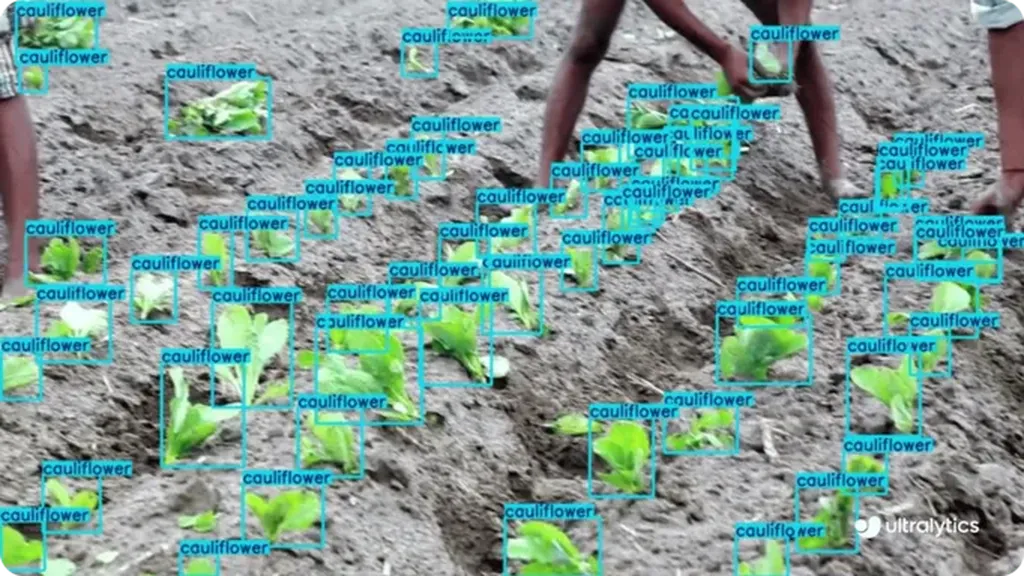In the rapidly evolving world of precision agriculture, the ability to accurately and efficiently detect plants from uncrewed aerial vehicle (UAV) imagery is becoming increasingly vital. A recent study published in *PeerJ Computer Science* introduces a novel optimization of the YOLO11 model, specifically tailored for plant detection in UAV imagery. This research, led by Ye Zhou, addresses critical challenges such as small object sizes, complex backgrounds, and the need for lightweight architectures that can operate within the computational constraints of UAV systems.
The study proposes three key modifications to the YOLO11 model to enhance its performance. First, the researchers added a P2 detection head and removed the P5 detection head. This adjustment allows the model to better leverage high-resolution features for detecting small objects while reducing computational cost. “By focusing on high-resolution features, we can significantly improve the detection of small plants, which is crucial for applications like precision agriculture and ecological monitoring,” explained Zhou.
Second, the team integrated the convolutional block attention module into the Neck of the model. This enhancement improves multi-scale feature fusion and helps the model focus on critical plant-related features. “The attention module allows the model to prioritize relevant features, making it more efficient and accurate in identifying plants in complex backgrounds,” Zhou added.
Third, the researchers replaced the original Complete Intersection over Union (CIoU) Loss with Shape-Intersection over Union (Shape-IoU) Loss. This modification improves bounding box regression by incorporating geometric consistency, leading to more accurate plant detection.
To provide a more comprehensive benchmark for UAV-based plant detection, the researchers combined four valuable single-class plant detection datasets into a larger, multi-class dataset. Experimental results on this benchmark demonstrated a notable reduction in parameter count and computational cost, with accuracy comparable to or marginally higher than state-of-the-art YOLO-based baselines. This makes the optimized YOLO11 model particularly effective in lightweight and resource-constrained scenarios.
The commercial implications of this research for the agriculture sector are substantial. Accurate and efficient plant detection can lead to better crop monitoring, improved yield predictions, and more effective pest and disease management. “This technology can revolutionize precision agriculture by providing farmers with real-time, actionable insights,” said Zhou. “It can help optimize resource use, reduce environmental impact, and ultimately increase productivity.”
The study’s findings also have broader implications for ecological monitoring and urban green space management. By enabling more accurate and efficient plant detection, this technology can support a wide range of applications, from conservation efforts to urban planning.
As the field of agritech continues to evolve, the optimized YOLO11 model represents a significant step forward in the development of lightweight, accurate, and efficient plant detection systems. This research not only addresses current challenges but also paves the way for future advancements in the field. With the growing demand for sustainable and efficient agricultural practices, the potential impact of this technology is immense.
The research was published in *PeerJ Computer Science* and was led by Ye Zhou, whose affiliation details were not provided. This study highlights the importance of continuous innovation in the field of object detection and its potential to transform various sectors, including agriculture, ecology, and urban planning.

